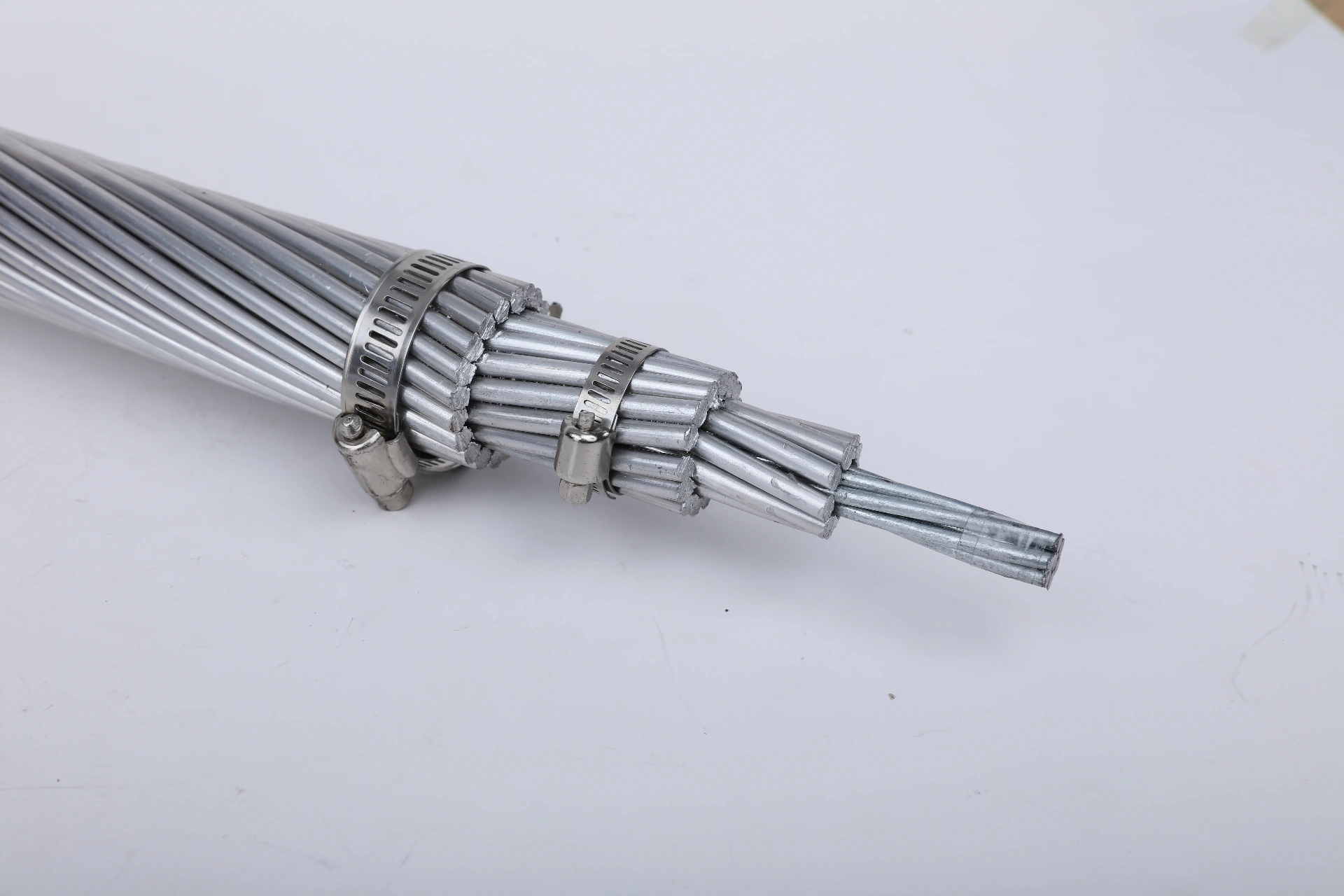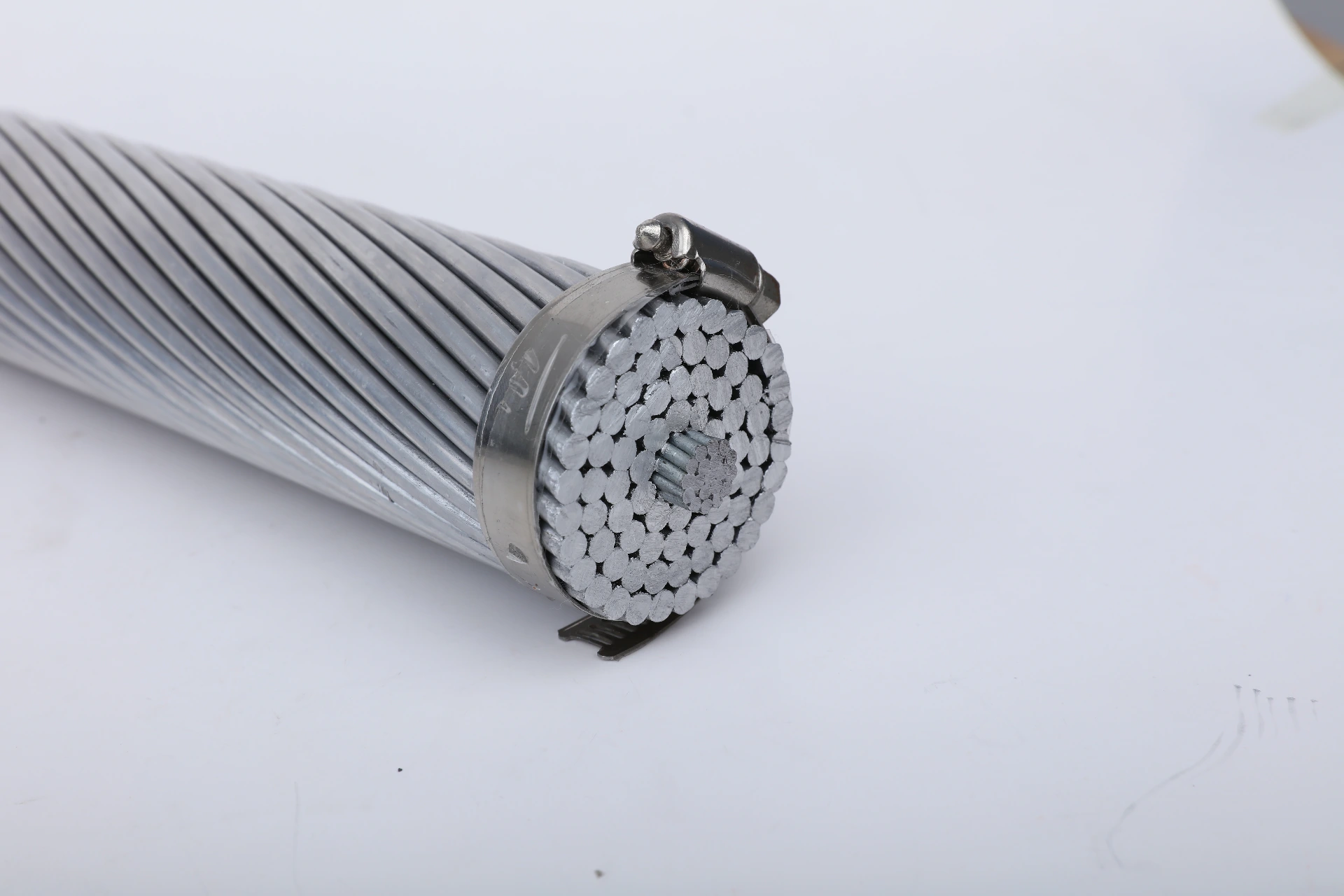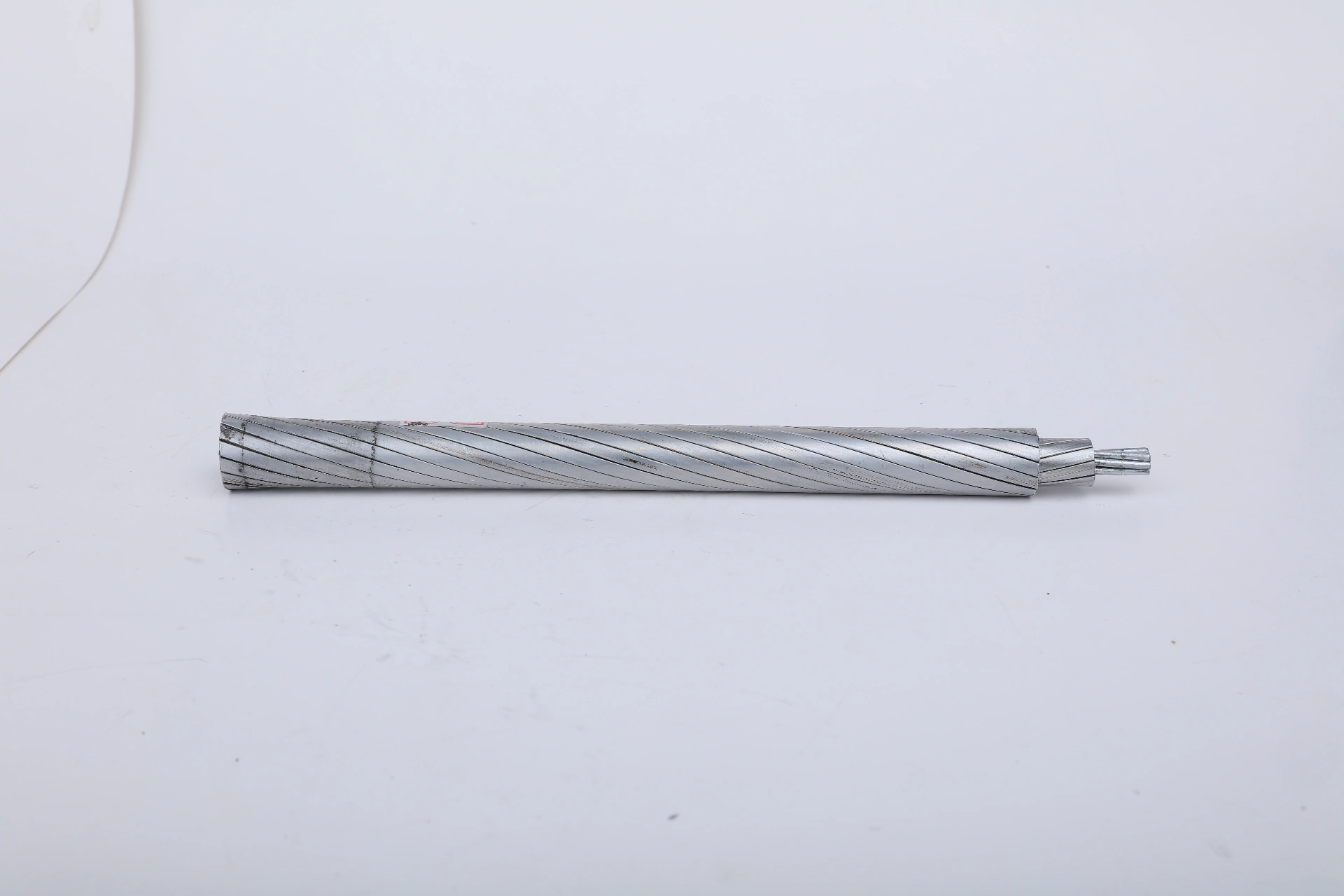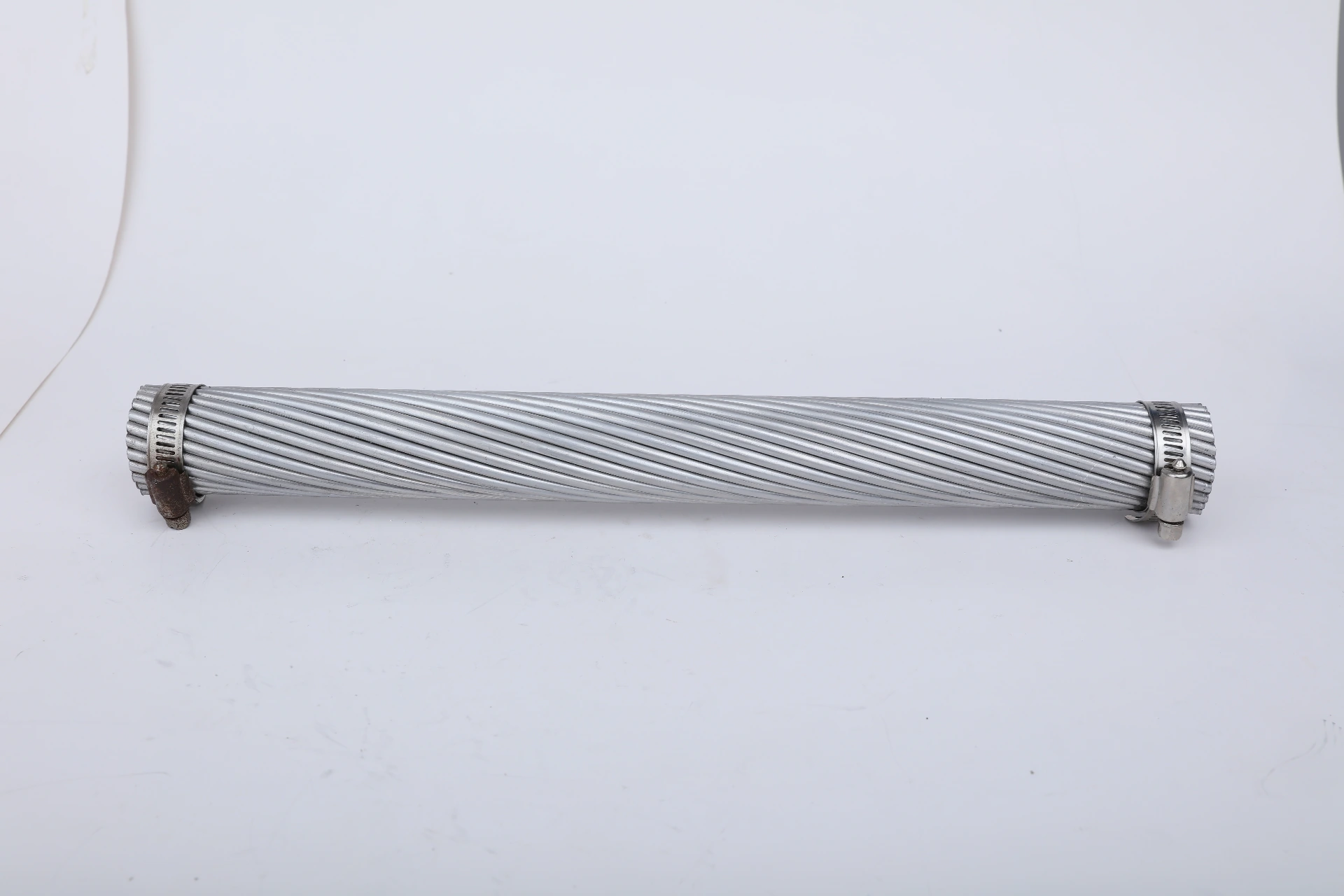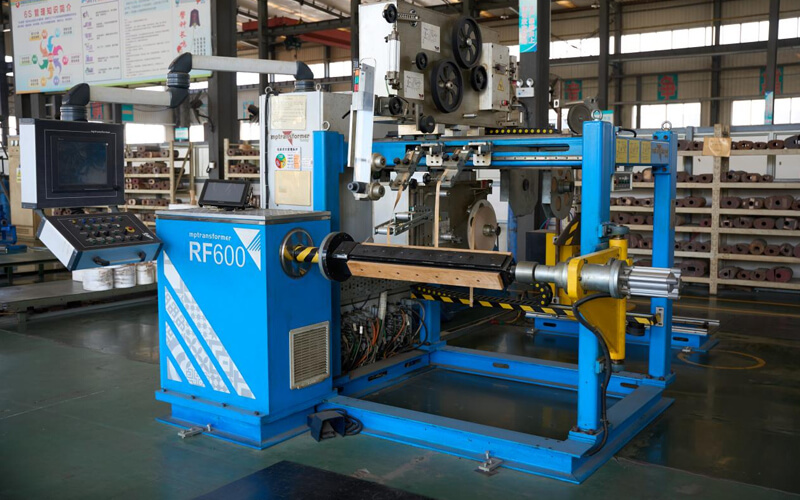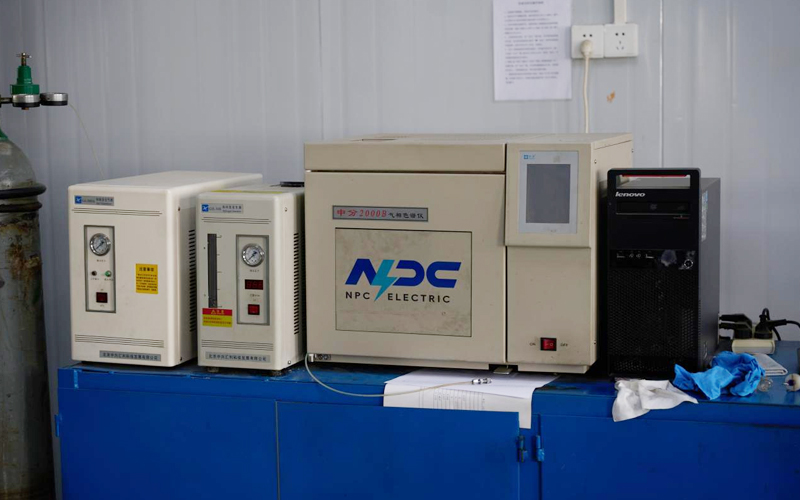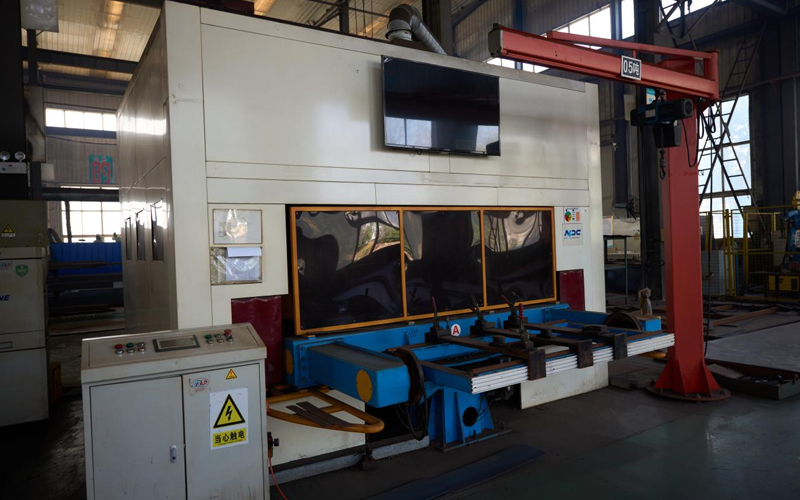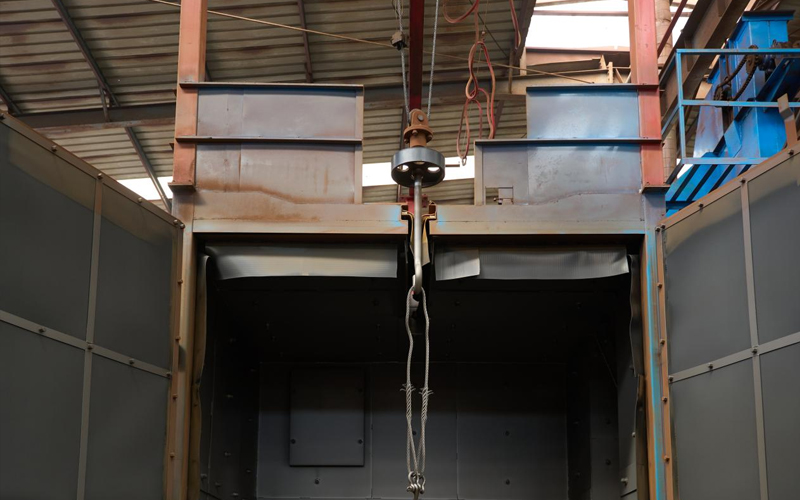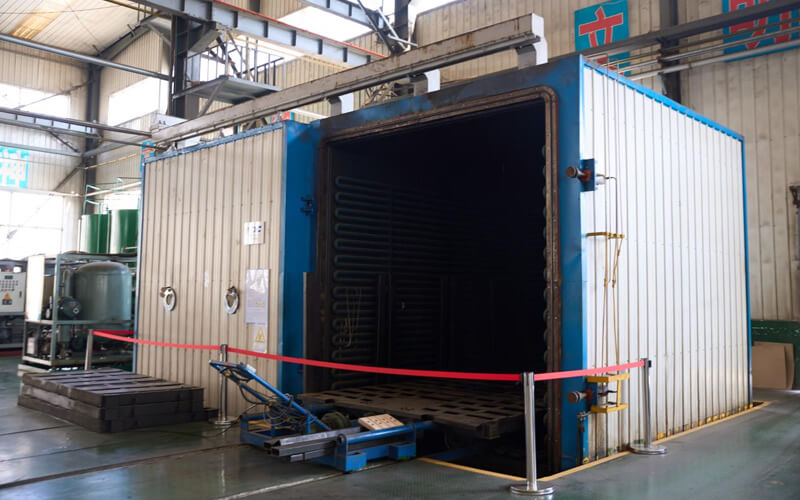Wires and Cables
AAC

ALL ALUMINUM CONDUCTORS(AAC)
All Aluminum Conductors (AAC) are essential for overhead power transmission and distribution, constructed from concentrically stranded hard-drawn 1350 aluminum wires. Known for their superior electrical conductivity—up to 61.2% IACS—these conductors minimize energy losses, making them cost-effective for urban and rural grids. Lighter than steel-reinforced options, AAC simplifies installation and reduces structural demands on poles and towers. Their excellent corrosion resistance suits moderate environments, though they exhibit higher sag in long spans compared to alloys. Compliant with standards like ASTM B231 and IEC 60889, AAC is available in various sizes, from small distribution lines to higher voltage applications. The stranded design enhances flexibility and durability against wind and ice loads. Ideal for primary and secondary overhead lines, AAC supports efficient power delivery with minimal maintenance. By optimizing conductivity and weight, these conductors contribute to sustainable energy infrastructure, reducing operational costs and enhancing reliability in standard utility setups. Their recyclability aligns with eco-friendly practices in modern electrical networks.In-Depth Analysis
Comparative Analysis of Efficiency and Loss
Compared to the industry average, bare conductor cables exhibit lower losses and higher efficiency across the entire load range.
Load Efficiency Comparison(%)
No-load Loss Comparison(W)
High Conductivity Design
High-purity oxygen-free copper or high-quality aluminum conductors are used with smooth surface and low resistance to ensure efficient power transmission and reduce energy loss.
Insulation Protection System
Use flame-retardant, wear-resistant and corrosion-resistant polymer insulation materials to meet the safe operation requirements in different environments.
Weather-Resistant & Durable Technology
The outer sheath is made of UV-resistant, heat-resistant, and oil-resistant materials, making it suitable for high and low temperatures, humidity, and long-term outdoor use.
Safe Flame Retardant System
The multi-layered flame-retardant structure effectively slows the spread of flames and releases low-smoke, halogen-free gases during combustion, reducing secondary hazards.
Easy Installation & Maintenance
The flexible core and flex-resistant outer sheath provide a small bend radius and high installation efficiency. Color coding and length markings reduce installation and maintenance costs.
Intelligent Monitoring
An optional remote monitoring system is available to monitor operating status, temperature, load and other parameters in real time, and supports fault warning and remote diagnosis.
Environmental Adaptability Analysis
AAC cables have been rigorously tested and can operate stably under various harsh environmental conditions.

Temperature Range
-40℃ ~ +55℃
Can work normally in extreme high and low temperature environments

Humidity Adaptation
0 ~ 100% RH
Including condensation environment, no frost requirement

Weather Resistance Grade
UV/IEC 60811-501
The outer sheath has excellent UV resistance and aging resistance

Chemical Corrosion Resistance
Oil / Acid / Alkali
Resistant to oil, acid, alkali and some chemical corrosion environments
Why Choose Us

Exceptional Conductivity for Power Flow

Superior Corrosion Resistance & Durability
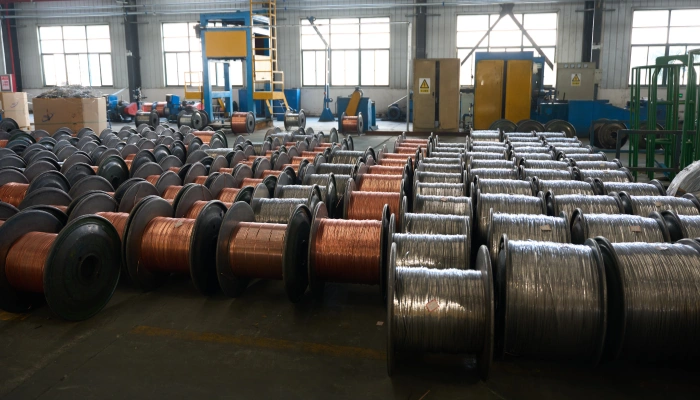
Lightweight Design for Economical Installation
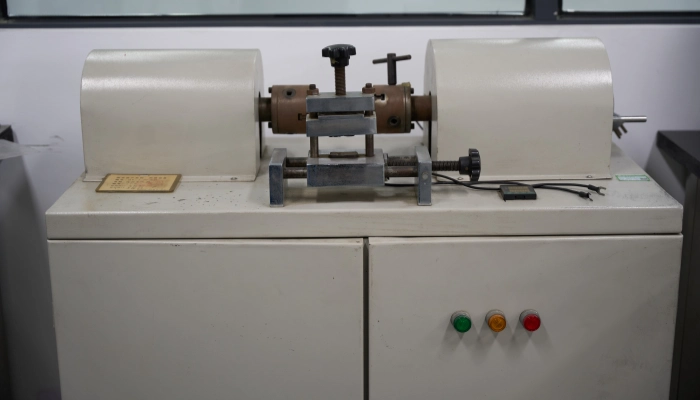
Cost-Effective & Widely Adopted Solution
Product Show
Testing and Certification
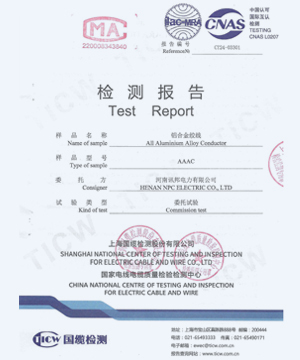
Bare Cable Test Report
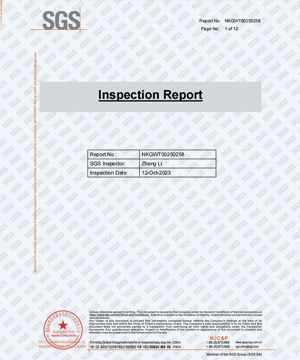
SGS Inspection Report

Certificate of Acceptance
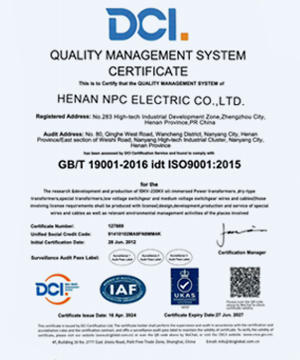
ISO Quality Certificate
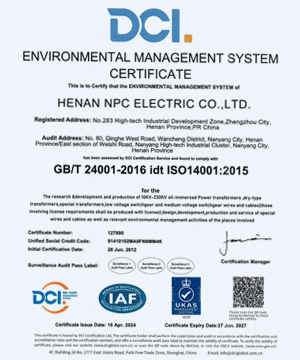
ISO Environmental Certificate

ISO Occupational Certificate
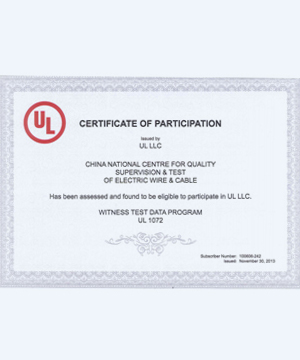
UL Laboratory Certificate
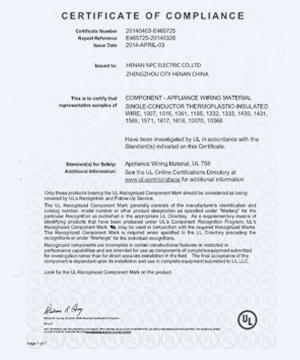
UL Product Certificate
Project Cases

Peru Solar PV Project
CompletedNPC Electric Delivers Medium-Voltage Cables for Peru Solar PV Project
Country:Peru
Model:HEPRZ1(AS) 1x630 mm² 19/33kV x 6km
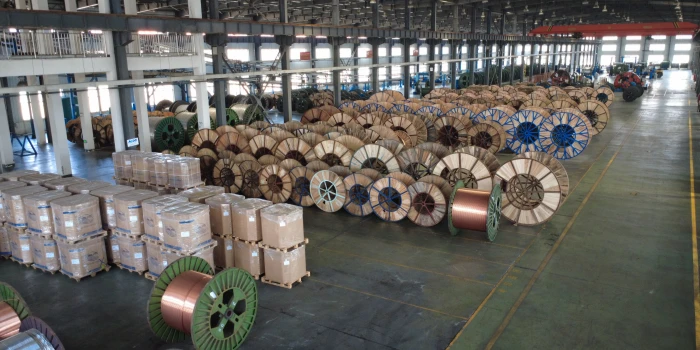
Chile El Project
CompletedReliable 19/33kV MV cables ensuring safe, stable, and efficient power transmission for critical projects.
Country:Chile
Model:19/33kV MV Power Cables x 5km
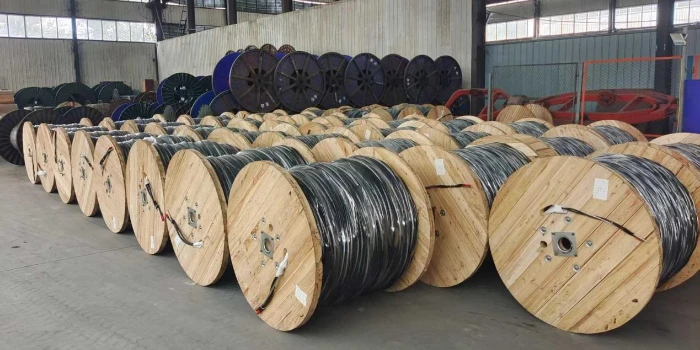
Dominican Edenorte Project
CompletedProvide outdoor power solutions for urban main road reconstruction projects to adapt to complex environments.
Country:Dominican
Model:NPC AAAC Cable & Triplex Cable x 10km
Technical Advantages
FAQ From Customers
-
What is an AAC conductor?
An AAC (All-Aluminum Conductor) is a type of electrical conductor made entirely of aluminum. AAC conductors are lightweight, have high conductivity, and are typically used in overhead power lines for low to medium voltage transmission. They are designed to minimize energy loss and improve the efficiency of power delivery, especially for short to medium spans. -
What does AAC stand for in wire?
AAC stands for All-Aluminum Conductor. This type of conductor is made of 100% aluminum wire, which provides excellent electrical conductivity and is widely used in aerial power transmission lines and distribution systems. The aluminum construction makes it cost-effective and suitable for use in various overhead power systems. -
What is the difference between AAC and ACSR conductors?
AAC (All Aluminum Conductor) and ACSR (Aluminum Conductor Steel Reinforced) differ primarily in their construction. AAC conductors are made entirely of aluminum, offering lightweight and high conductivity. ACSR conductors, on the other hand, have a steel core that enhances tensile strength, making them ideal for long-distance transmission and high mechanical stress. While AAC is suitable for shorter distances, ACSR is typically used for overhead lines with longer spans and high voltage transmission. -
What is the IEC standard for AAC conductor?
The IEC standard for AAC conductor is IEC 61089, which specifies the construction, testing, and performance requirements for all aluminum conductors used in overhead power lines. This standard ensures that AAC conductors meet the necessary safety, durability, and efficiency parameters for global use in electrical distribution and transmission systems. -
What is the difference between AAC and AAAC conductor?
The main difference between AAC (All Aluminum Conductor) and AAAC (All Aluminum Alloy Conductor) is the material used. AAC is made entirely of aluminum, whereas AAAC is composed of an aluminum alloy, which offers enhanced strength and better resistance to corrosion. AAAC conductors are ideal for longer spans and areas with higher environmental challenges, whereas AAC conductors are typically used for shorter spans and less demanding conditions.









